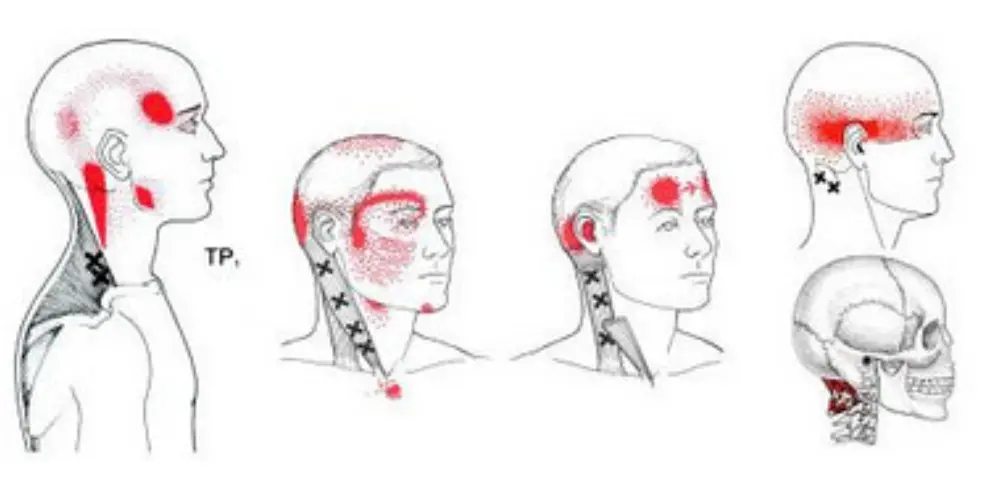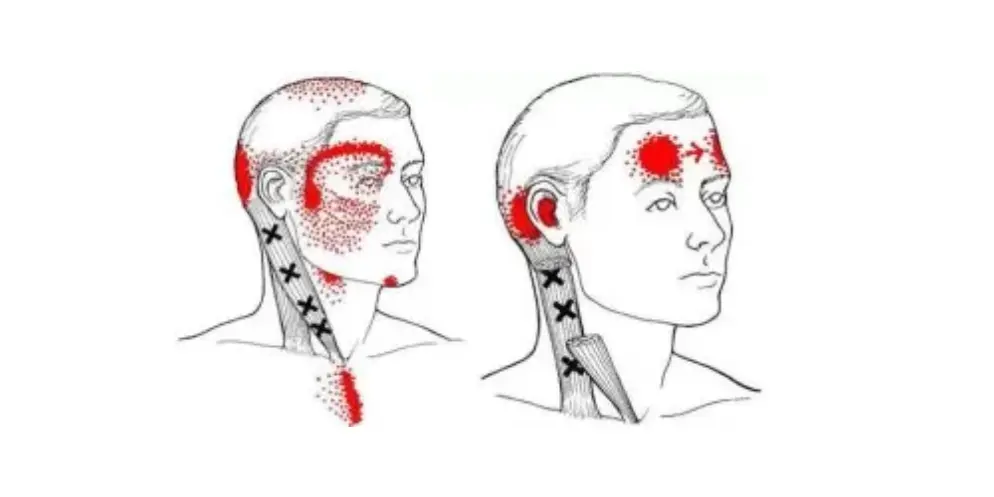Are you wondering about Trigger Point Therapy in St. Petersburg, FL.? Trigger points are areas of muscle spasm or tightness. They occur because of irritation to the nervous system. A vicious cycle develops when nerves become irritated and muscles tighten up. Those tightened muscles can pull on the spine, causing the nerves that come from the spine to become irritated, which then makes the muscles tighten up, and so on.
Schedule a Consultation







A Trigger Point (TrP) is a hyper irritable spot, a palpable nodule in the taut bands of the skeletal muscles’ fascia. Trigger points develop in the myofascia, mainly in the center of a muscle belly where the motor endplate enters (primary or central TrPs)[5]. Those are palpable nodules within the tight muscle at the size of 2-10 mm and can demonstrate at different places in any skeletal muscle of the body.
We all have TrPs in the body. TrPs can be present in babies and children, but their presence does not necessarily result in the formation of pain syndrome. When it happens, TrPs are directly associated with myofascial pain syndrome*, somatic dysfunction, psychological disturbance, and restricted daily functioning.
This is a procedure of inserting a small needle into the patient’s active TrP. The injection contains a homeopathic anti-inflammatory called Traumeel along with saline. With the injection, the TrP is made inactive and the pain is alleviated. Often, a brief course of treatment will result in sustained relief. Injections are performed by a licensed health care provider and usually take a few minutes. Several sites may be injected in one visit.
We accept most insurances . Currently we are in network with :
Waters Edge is the #1 Medical Clinic and Spa in St. Petersburg, FL. We offer a wide variety of cosmetic services and all-natural and regenerative options for pain relief. Our team of experts offers decades of experience in creating personalized treatment plans, administering safe treatments, and ensuring optimal results. Book with us today to start your journey toward enhanced longevity & vitality.
© 2025 – Waters Edge Medical Clinic | All Rights Reserved.
Type your search term in the box below and hit enter or press the search button.